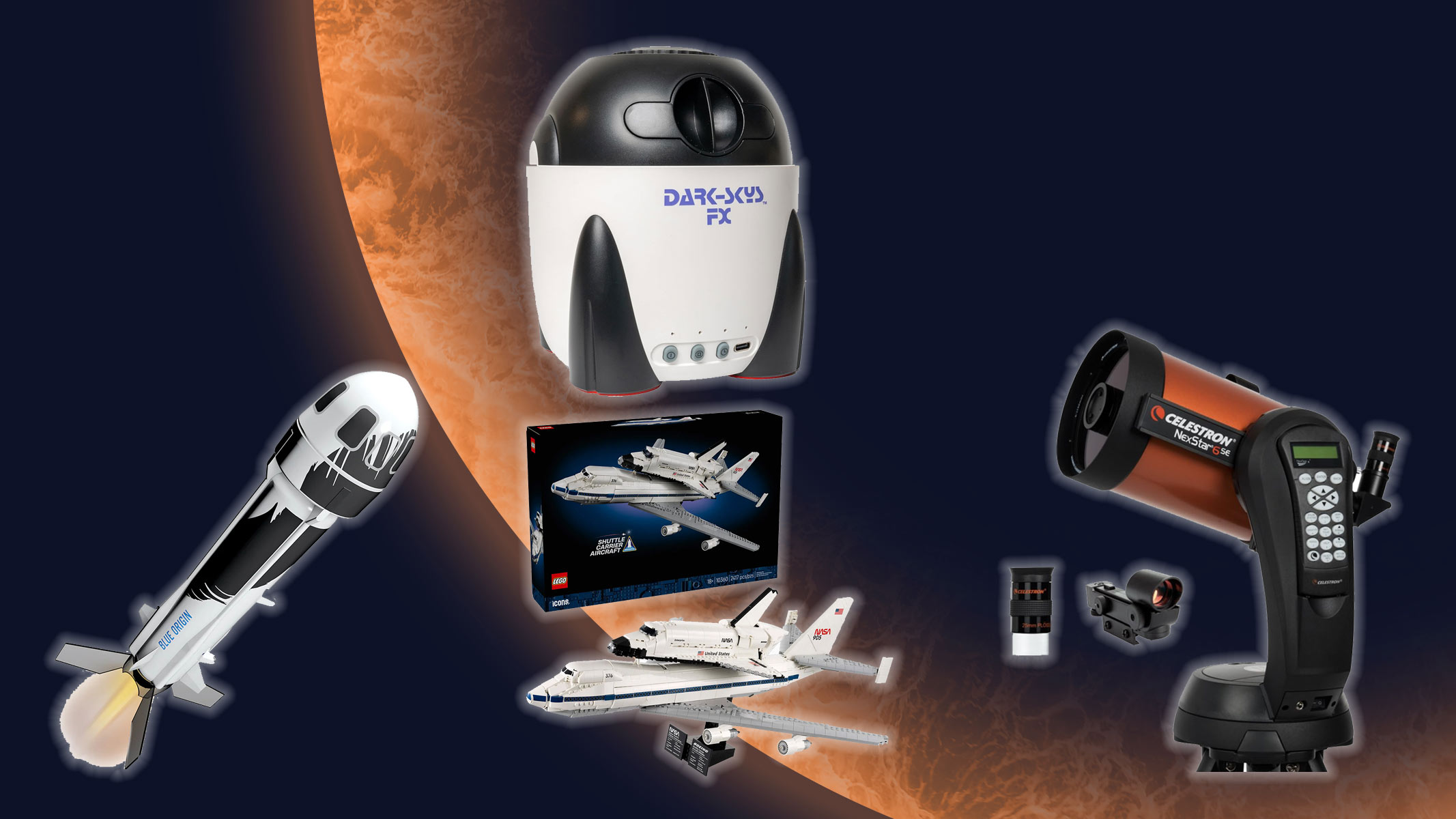From Coal Miner to Astronaut: A Space Camp Experience
Theold saying the "Skies the Limit" has taken on new meaning for me since myreturn from a recent trip to the United States, as its been preparing mefor a goal which is just one step higher--Low Earth Orbit.
Ina way you could say this new goal is a direct 180 degree reversal for me, asfor many years I worked underground as a coal miner. But we all havedreams of wanting to do something better with our lives and I found a way totry and carry mine out?
Ihave just returned from the state--I live in the United Kingdom, England--aftergraduating with honors as a student on the Advanced Adult Space AcademyProgram, which is based at the "Space Camp" facility in Huntsville in Alabama,in the U.S.A.
Myjourney to Space Camp started over a year before when in January 2004, Iapplied for, and obtained a place on the Astronaut Training Experience (ATX)Program, based at NASA's Kennedy Space Centre in Florida and this, along withmy previous interest in space, aero-space and scuba diving, gave me thenecessary qualifications to apply for, and gain a place on the Advanced AdultSpace Academy Programme.
Theprogram is incredible and I recommend it to anyone who wants to experiencefirst hand what it is truly like to spend eight days training under the sameconditions NASA astronauts undergo for space shuttle missions. I urge anyonewho has a serious interest in space exploration, and who is more interested ina "hand's on" approach, rather then the "look, but don't touch" experience youwould get as just a visitor to the Kennedy Space Center or to Space Camp'sMuseum and Rocket Park. Space Camp is not just a place for the young; it's aplace for the young at heart as well. The students which made up our TeamLiberty Bell group ranged in age's from mid 40's to late 60's, so don't thinkearly ago and being young is a important factor, its all about commitment,enthusiasm, dedication and the ability to work as part of a team that'simportant.
Thestudents at the camp have access to a vast array of training facilities andmaterials and an incredibly dedicated staff team to enable them to learn to doall the right things, in all the right ways.
Whilstall the facilities are quite literally out of this world, one training areastood out for me and my fellow trainees ahead of the rest: The Neutral BuoyancySimulator, an underwater astronaut training device, is a huge water filledtank. Measuring twenty-nine and half feet across, and with a depth oftwenty-four feet, this huge training facility contains an amazing one-hundredand twenty-three thousand gallons of water and is the one area within theprogramme that allows you to truly experience what it is like to live and workin the same type of conditions that the astronauts experience when inspace.
Breaking space news, the latest updates on rocket launches, skywatching events and more!
Andthis is not just an experience that's a quick trip to the bottom of the tankfor a look round, followed by a quick trip back to the surface. Not at all,once you get the bottom of the tank there are tasks to be performed followingthe directions given by a fellow trainee on the surface who acts as yourCap-Com and who talks to you via the communications system which is a part ofyour helmet. Leading the training in this area is master diver DanaKersjes, an incredibly dedicated individual who gives her all to ensure thatthe trainees undergo a training experience they are never likely to forget,whilst at the same time ensuring that the trainees undergo that experience in asafe living and working environment".
Thetraining covers many, many other areas and starts early in the morning and runsuntil late at night. It was constant pressure and excitement all the wayand we got to do some incredible things and meet some incredible people. One of the many incredible things we got to do was meet and talk to Dr GeorgVon Tiesenhausen, the designer of the Lunar Rover, which carried the Apolloastronauts over the lunar surface on some of the later missions of the Apolloprogramme. His lecture on space/time, the solar system and the future ofmanned space exploration with regard to a trip to Mars was something thatinspired everyone in the room to want to be a part space exploration in thefuture.
Fromthe two training programmes available (Pilot or Mission Specialist) I selected theMission Specialist programme and let me tell you I was not disappointed with myselection. I got to do some incredible things including been trained toperform EVA's and fix satellites. I would do this either strapped intothe harness which is used to simulated a zero gravity environment, strappedonto the Canadarm Arm which was located on our near full size space shuttletraining simulator, or whilst strapped into the Manned Manoeuvring Unit or MMUI was trained to operate.
Allthe training we undertook whilst at the camp led us towards one goal--the LDM orLong Duration Mission, which lasted for us for 24 hours. During thismission I would get to carry out two EVA's outside the shuttle simulator,lasting in durations from one and half, to two and half hours. As part ofa third EVA I would act as on-board Cap-Com directing two of my fellow traineeswhilst they performed a task outside the confines of the shuttle simulator.
Asone of my fellow trainees would say over and over again "It just keep's gettingbetter and better" and believe me it did. If you want an experiencethat's as close to "going-up" as its ever going to get, then Space Camp is theplace to find it.
NOTE: The views of this article are the author's and do not reflect the policies of the National Space Society.
Visit SPACE.com/Ad Astra Online for more news, views and scientific inquiry from the National Space Society.
